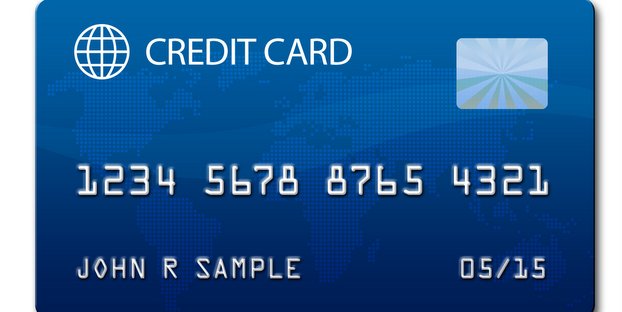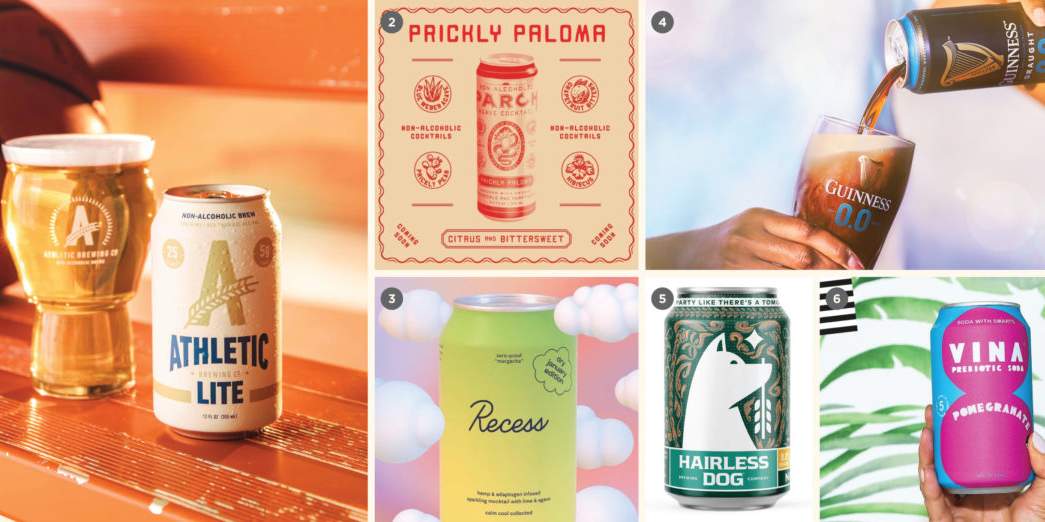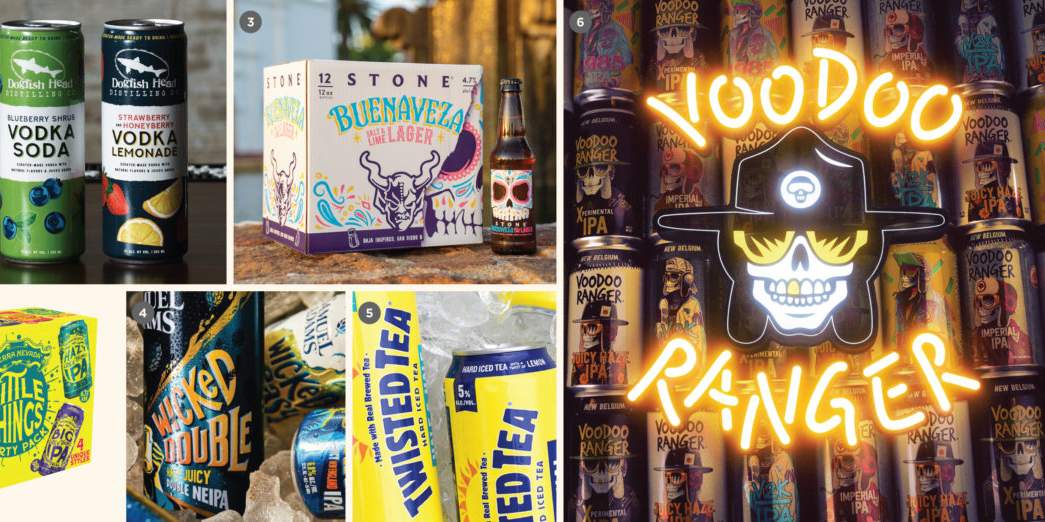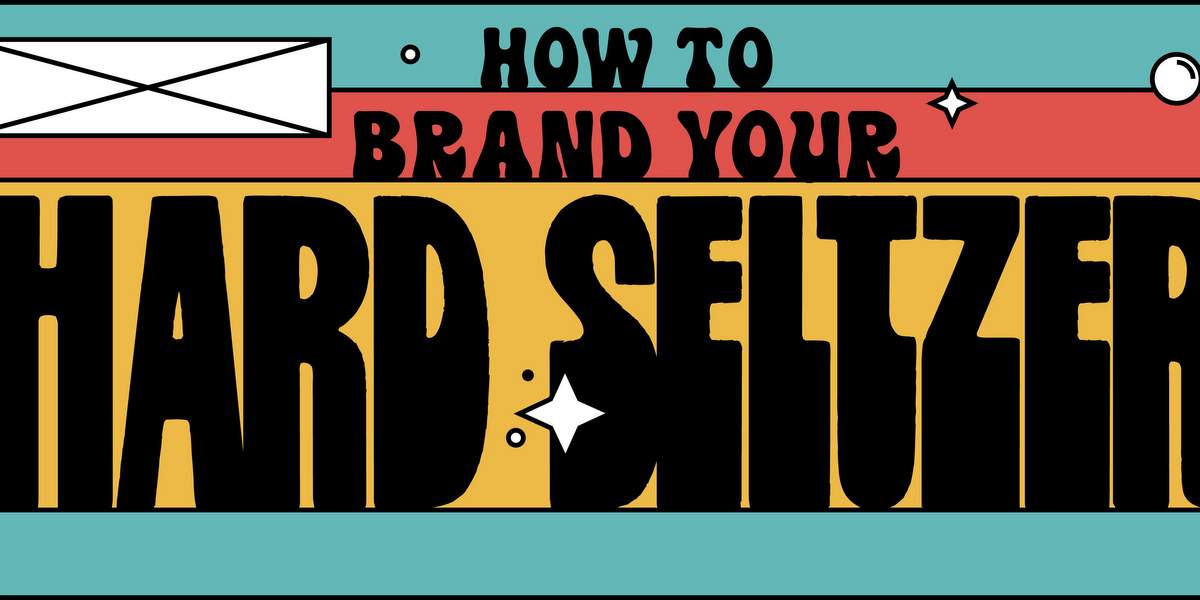
With more than 2,700 breweries currently operating in the U.S., a small craft beer company faces significant obstacles to standing out from the crowd. Add to that a growing number of American consumers not loyal to a particular brand (regardless of the product or service), and the need for innovative marketing and retention strategies become all the more urgent.
Fortunately, there are steps your craft beer business can take to attract and hold onto new customers. In this first of a short series of posts, we look at how to recognize and exploit changing conditions and attitudes.
Marketing the right way
“The brands that win today do not simply broadcast to customers — they engage with them,” said Tyler Douglas, CMO of Vision Critical. “In today’s consumer landscape, companies need to rethink brand loyalty and its ownership.”
Start by recognizing and adapting to changes in customer attitudes. Engaging your target audience requires a fuller understanding of their concerns, needs and desires. Craft beer customers want a great-tasting beer, of course, but they’re also drawn to a brand that displays passion for its offerings.
Every craft beer company has its own “origin story.” How passionately they tell that story can help determine their success in the marketplace.
“People relate to this [passion] and people buy from brands they trust and that they can relate to,” said Taylor McQuiston, marketing manager at the Portable Bar Co. “Authentically conveying your compelling story about your beer doesn’t just sell beer, it creates loyal customers and brand advocates.”
Social responsibility is another increasingly important element in a customer’s choice of craft beers (and products in general). Craft beer companies that clearly demonstrate a concern for the environment and the use of eco-friendly ingredients will likely attract an audience for whom such issues are critically important.
“While brands scramble to reverse [a] decline in loyalty, consumers often look for companies that are not only good for their customers and employees, but also for society,” McQuiston said.
Inventive approaches to customer retention
According to a recent Ernst & Young report, “Organizations (brands) have to go back to basics and get to know their consumers, if they are to develop strong and profitable customer relationships. They must engage in a different type of dialogue, characterized by a new way of listening and talking, in neutral forums governed by different rules.”
A key part of engaging with consumers involves providing a pleasurable experience in a wide array of venues, from beer festivals and tastings to brewery tours and off-site promotions. As Tyler Douglas notes, “Brand should go beyond creating transactions and provide enjoyable customer experiences that build relationships at every touchpoint.”
Another way to engage and retain consumers is by reaching out to the people they know and trust — what McQuiston calls “mini-influencers,” the ones seen by friends, family and co-workers as “the craft beer guy (or gal).” If you can locate and win over these individuals, you’ll make huge inroads in affecting the types of craft beers customers rely on and purchase time and again.
Manage your online presence
Where can you tell your craft beer brand’s great story? How can you engage customers in both a group and individual setting?
Through blog posts, email lists, community forums and chat rooms, businesses can appeal to and engage audiences on a level never before possible. But this demands paying attention to the type and quality of content you offer.
“Content works best when it caters to the audience’s existing needs,” said Shea Anderson, reporting from a February 2014 craft beer industry symposium in Lexington, Ky. “If people are already seeking information, it’s easy and helpful to simply provide it rather than think up a new concept. And you’ll spend less effort explaining [to] or convincing your audience, because they’re already interested.”
An active online media presence also means having greater access to Millennials, who comprise a disproportionate share of craft beer drinkers. Tell your brand story to a community of passionate craft beer consumers on Facebook, Twitter and other platforms. Offer “how-to” content with genuine value to consumers. Use innovative online ways to promote your brand and get a conversation going.
Ultimately, making a great beer is the most important element in a successful craft beer marketing campaign. “If you have a great product, your customer acquisition costs will go down and the longer-term viability of your brewery will go way up,” McQuiston says.
Kristen Gramigna is chief marketing officer for BluePay provider of payment processing options for a wide range of businesses. She brings more than 15 years of experience in the bankcard industry in direct sales, sales management, and marketing to the company and also serves on its Board of Directors.






Edward Donegan says
The question is how to standout?
How many craft brewery owners or brew masters are not passionate? How many do not tell their story in a passionate way? Yes consumers can related to their passion but how does this differentiate your brand? Your brand must be meaningful-differentiated, not one or the other but both.
If your brand message (story) is about beer, game over. Today the craft beer brands dimensions of differentiation are too similar. Based on product facts which are easily copied. Resulting in a sea-of-sameness, consumers moving from brand to brand experimenting, no loyalty. A so called mutual fund of IPA’S. Remember the objective is to standout in the marketplace.
It was mentioned in the article the tactic of social responsibility, which again is meaningful but will it differentiate your brand today and into the future? I was consulting for a Napa Valley winery and they believed SR was also their point of difference. I point out that in Napa, 81 other wineries talk about SR.
Your product can never be your brands point of difference. Great brands, speak about their brand message ( nothing to do with the product) then the product message.
Playing the local-tactic, you must then hope no one else will enter the local market or the market to exponentially grow.
If your brand message & voice is similar to competitors, turn around.
Good Luck
RT @CraftBrewingBiz: Craft beer branding: How to build customer engagement, retention http://t.co/Z7zeyob46N Courtesy of @BluePay
@CraftBrewingBiz – Thanks for the share!
RT @jason_osburn: “@CraftBrewingBiz: Craft beer branding: How to build customer engagement, http://t.co/VFz97F8uJq Courtesy of @BluePay” @…
RT @jason_osburn: “@CraftBrewingBiz: Craft beer branding: How to build customer engagement, http://t.co/VFz97F8uJq Courtesy of @BluePay” @…
RT @crsimp01: Craft beer branding: Build customer engagement, retention http://t.co/9VAgEak1if via @craftbrewingbiz
“@CraftBrewingBiz: Craft beer branding: How to build customer engagement, http://t.co/VFz97F8uJq Courtesy of @BluePay” @MICraftBeerCult
Craft beer branding: Build customer engagement, retention http://t.co/9VAgEak1if via @craftbrewingbiz
RT @CraftBrewingBiz: Craft beer branding: How to build customer engagement, retention http://t.co/4zhjJ3haRp Courtesy of @BluePay